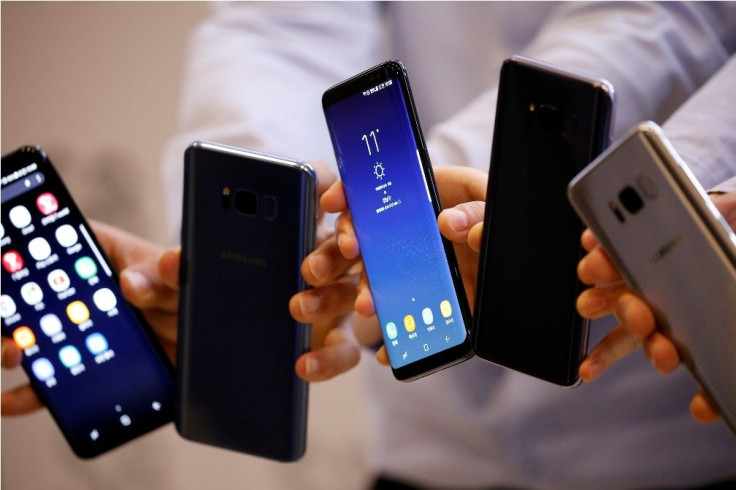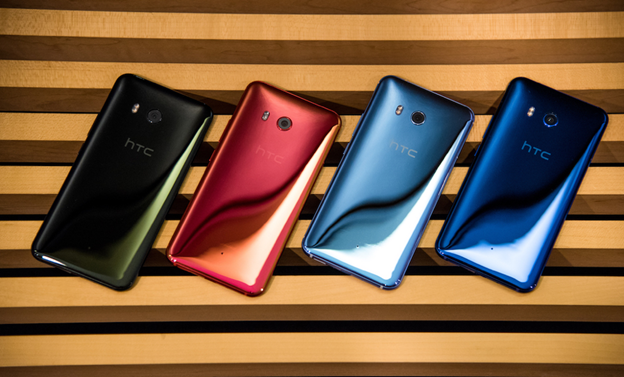Samsung Galaxy S8 vs HTC U11: Battery performance review and comparison

The Samsung Galaxy S8, now considered to be the best Android smartphone in the market, is feature-packed inside out. It also has enough muscle to stay active, allowing users to enjoy the experience of using the handset for an extended amount of time. Unfortunately for another flagship, the HTC U11, the same thing can’t be said.
Samsung Galaxy S8 - Battery specs and features
The latest Samsung flagship houses a 3,000 mAh non-removable lithium ion battery. The 5.8-inch device packs a considerably lesser cell muscle compared to its smaller predecessor, the S7 Edge, which has a 3,600 mAh battery. But things even out thanks to the new smartphone contemporary and extra efficient 10 nm chipset.
S8 users can prolong battery life by tweaking the handset’s display resolution and brightness settings. Daily charging can also be avoided by disabling the Video Enhancer and enabling the battery-saving modes. When the cell is completely sapped, it takes about an hour and 40 minutes for it to reach 100 percent when plugged and approximately two hours and 10 minutes when wirelessly charged.

HTC U11 - Battery specs and features
HTC’S latest offering also comes with a 3,000 mAh non-removable lithium ion battery. It’s worth noting, though, that the U11 has a smaller display at 5.5 inches. The smartphone provides up to two weeks of standby time and offers up to a day and 30 minutes of 3G talk time.
The U11 comes with Quick Charge 3.0 for blazing fast cell refreshing. With the feature, the phone can reach 52 percent in just 30 minutes of plug time. The mobile device can last an entire day of normal use, but more than that can alter the user’s experience.
Samsung Galaxy S8 vs HTC U11 – Battery performance test
YouTuber Jerome Ortega recently put the two flagships to the same battery-draining, internal video playback tests. The handsets were factory reset, had their respective displays on full brightness and were on airplane mode. After the smoke cleared, the South Korean tech titan’s latest offering emerged as the victor.
Following a trio of “Terminator” movies, the U11’s battery life dropped to 16 percent. The Galaxy S8, on the other hand, had a remarkable 64 percent remaining cell muscle. The gap is quite astonishing since both devices have the same battery power, although it’s also worth noting that despite having the smaller screen, the HTC unit made use of a 1440p resolution compared to the Samsung flagship’s 1080p.





















